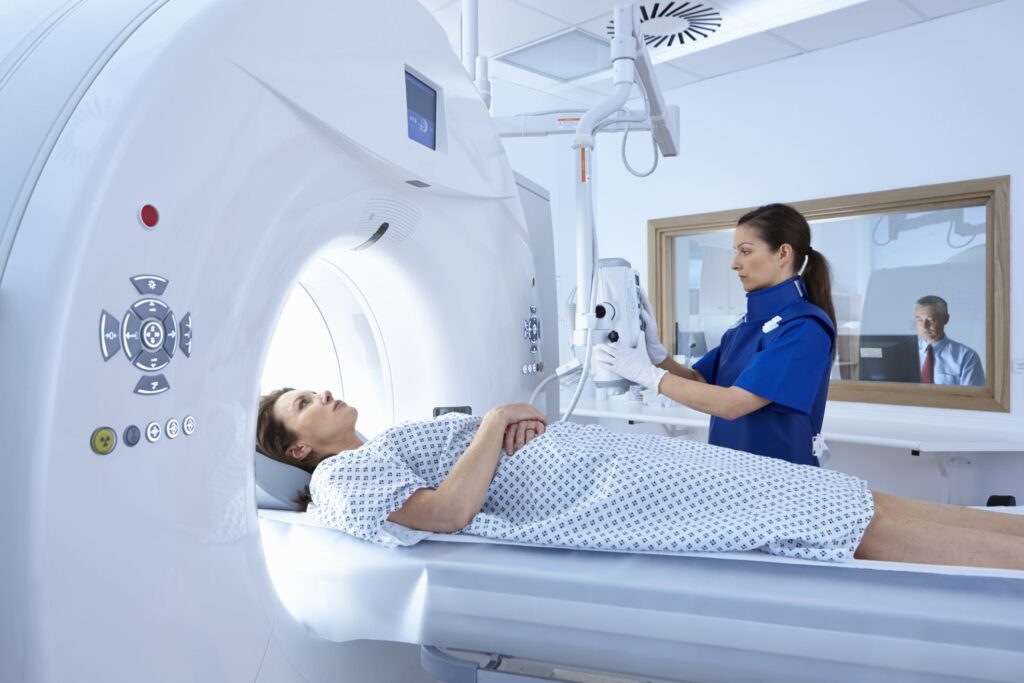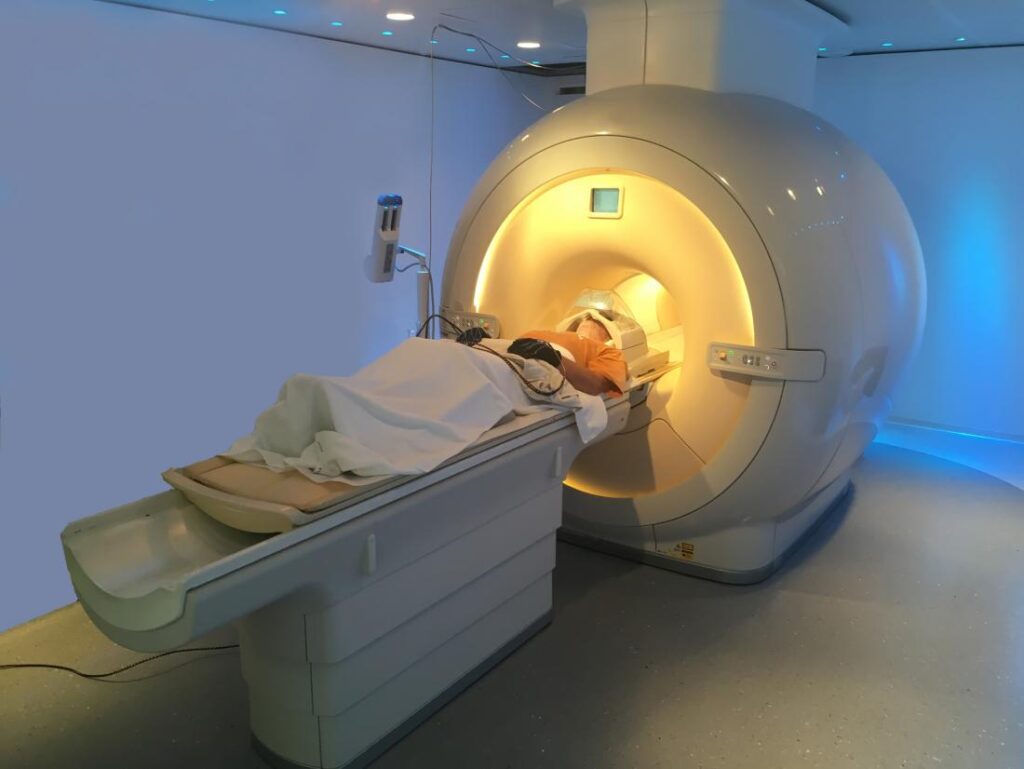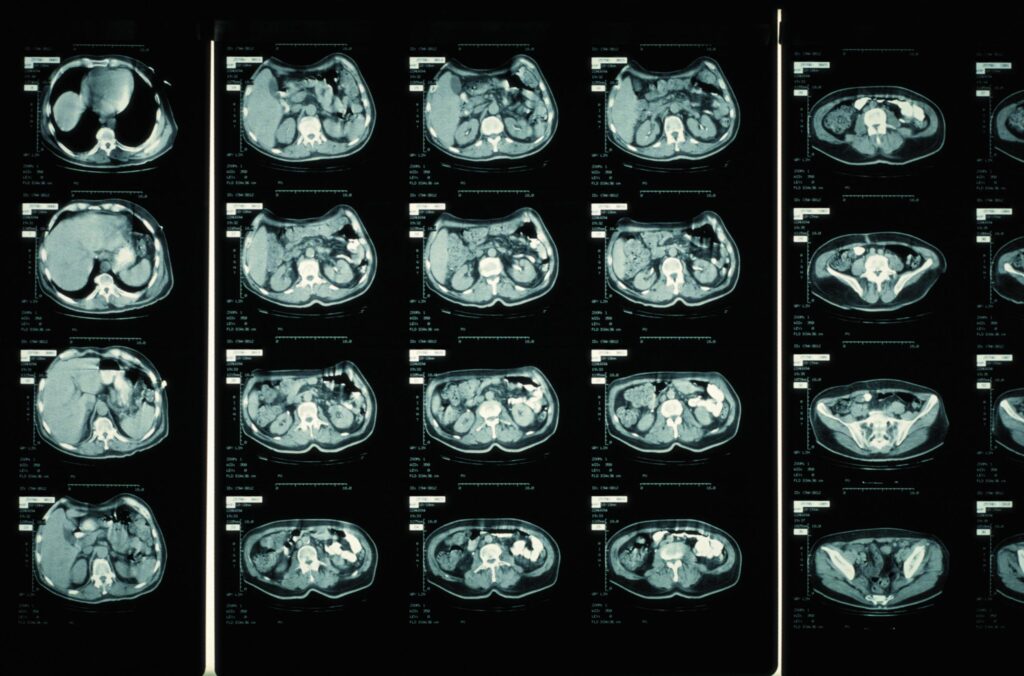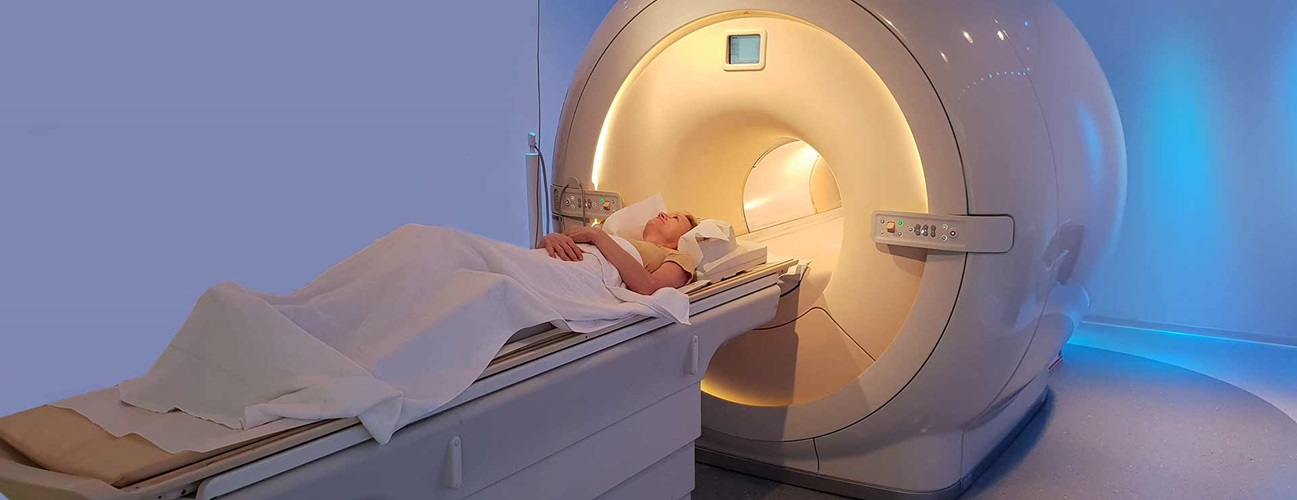The CT scan allows doctors to look inside your body. This modern technique combines X-rays and computer technology to create images of your organs, bones and other tissues. It shows more details than a daily x-ray.
You can have a scan on any part of your body. The procedure does not take much time and is painless.
How do CT scans work?
They use a beam of x-rays that circles around a part of your body. This makes it possible to obtain a series of images from different angles. From the information collected, the computer will be useful for reconstructing a transverse image of the scanned part. Like a piece in a loaf of bread, this two-dimensional (2D) scan shows a “slice” of the inside of your body.
This process is repeated to supply variety of slices. The computer stacks these scans on top of each other to create a detailed picture of your organs, bones or blood vessels. For example, a surgeon may use this type of scan to examine all sides of a tumor in preparation for an operation.

How are CT scans done?
You would probably get a scan at a hospital or radiology clinic. Your doctor may tell you not to eat or drink for a few hours before the procedure. You may also need to wear a hospital gown and remove any metallic objects, such as jewelry.
A radiology technologist operates the CT scan. During the test, you will lie on a table inside a large donut-shaped CT scanner. As the table slowly moves through the scanner, the X-rays circle around your body. It is normal to hear a humming or buzzing sound. Movement can blur the picture, so you’ll be asked to stay very still. You may get to hold your breath from time to time.
The duration of the exam will depend on the parts of your body that are scanned. It may take a couple of minutes to half an hour. In most cases, you’ll return home an equivalent day.

What is it for?
Doctors order CT scans for an extended list of reasons:
- CT scans can detect bone and joint problems, such as fractures and complex bone tumors.
- If you have cancer, heart disease, emphysema, or a tumor in your liver, CT scans can help your doctor spot them or see any changes.
- They show internal injuries and bleeding, like those caused by a car accident.
- They can help locate a tumor, grume, excess fluid, or infection.
- Doctors use it to guide treatment plans and procedures, such as biopsies, surgeries and radiation therapy.
- Doctors can compare CT scans to seek out if certain treatments are working. For example, scans can show whether chemotherapy or radiation therapy has been effective against a given tumor.
What is a CT scan with contrast?
On a CT scan, dense stuff like bone is easy to see. But the soft tissues don’t show up as well. They may appear faint in the picture. To get a sharper image, you would often need to use a special dye called a contrast agent. They absorb X-rays and appear white in the image, highlighting blood vessels, organs, or other structures.
Contrast agents are usually made from iodine or barium sulfate. You may receive these medications in one or more of three ways:
- Intravenous injection: Drugs are injected directly into a vein. This is done so that your blood vessels, urinary tract, liver or gallbladder stand out in the image.
- Oral: Drinking a liquid with the contrast agent can improve scans of your digestive tract, the passage of food through the body.
- Rectally: If your bowels are scanned, the contrast agent can be inserted into your rectum.
After the CT scan, you will need to drink plenty of water to help your kidneys flush the contrast agent out of your body.

Are there any risks?
CT scans use X-rays, which produce ionizing radiation. Research shows that this type of radiation can damage your DNA and lead to cancer. But the risk is still very low – your chances of developing fatal cancer from a CT scan are around 1 in 2,000.
But the effect of radiation accumulates throughout life. Your risk therefore increases with each CT scan you have. Talk to your doctor about the potential dangers and benefits of the procedure and ask why the CT scan is needed.
Ionizing radiation can be more harmful in growing children. Before the procedure, you can ask the doctor or technician if the CT scanner settings have been adjusted for a child.
Tell your doctor if you are pregnant. If you need imaging for your stomach, your doctor might recommend a test that doesn’t use radiation, such as an ultrasound.
What are the side effects?
Some people are allergic to contrast media. Most of the time, the allergy is mild. It can cause itching or a rash. In very rare cases, the dye can trigger a life-threatening reaction. For this reason, your doctor may put you under surveillance for a short time after the procedure. Tell your doctor about any allergies to drugs, shellfish, or iodine.
Your doctor should also know if you have diabetes and are taking metformin. He will tell you if you should stop taking your medication before or after the procedure.
Although rare, contrast media can cause kidney problems. Tell your doctor if you have kidney problems before the CT scan.





